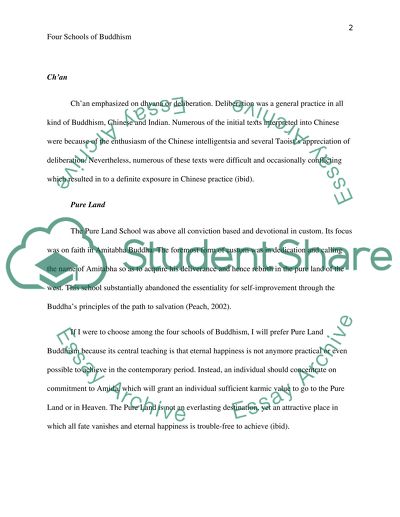Asian Philosophy Essay Example | Topics and Well Written Essays - 500 words - 1. Retrieved from https://studentshare.org/miscellaneous/1550515-asian-philosophy
Asian Philosophy Essay Example | Topics and Well Written Essays - 500 Words - 1. https://studentshare.org/miscellaneous/1550515-asian-philosophy.


